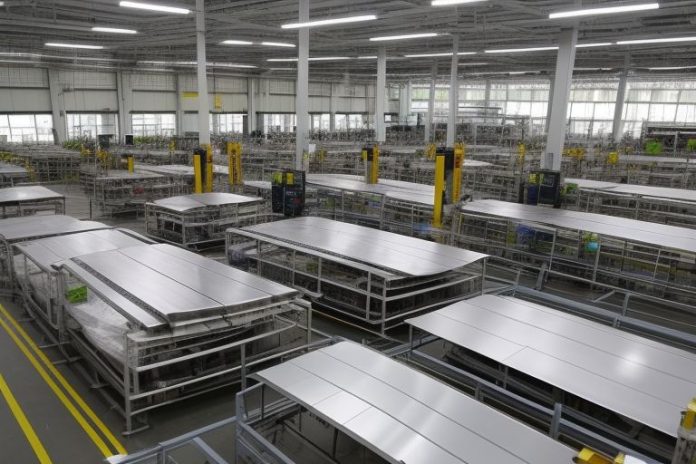A recent RHB report revealed that base effects and growing influence of artificial intelligence technologies are starting to buoy Singapore’s manufacturing sector. The good news is that it is a positive outlook which is welcome news for the city state economy which has already been facing external headwinds as well as being hit by interest rates which are high impacting various industries.
Singapore’s leading pillar of economies, the manufacturing sector has been struggling in recent months with global economic uncertainty and supply chain disruption. But the latest data seems to point to a turnaround on the immediate, which would be relieving news for businesses and policy makers alike.
The base effect is one of the major factors that led to this optimistic forecast. The sector is expected to compare its performance to the bottom levels of the historic extreme economic disruptions, and the year on year growth figures will improve. While not an indication of absolute growth, this statistical phenomenon poses a more favourable base on which to judge the sector’s progress.
It more importantly outlines the extent to which AI technologies may affect future manufacturing processes. Manufacturing, along with providing shelter and sustaining life for the citizens of Singapore, is one of many sectors which Singapore has embraced AI, and other advanced technologies well and is at the front of this drive. AI integration is projected to boost efficiency, lower costs and raise productivity in manufacturing operations, delivering a competitive advantage for Singaporean companies in a global marketplace.
A key factor that popularised this technological transformation has been the government’s push for industry 4.0 adoption. Manufacturing is encouraged by initiatives such as the Smart Industry Readiness Index (SIRI) and by various funding schemes to invest in advanced technologies like AI, robotics, and Internet of things (IoT). Now, these efforts are starting to pay off with many of these companies reporting improved operational efficiencies and highly innovative product development processes.
There are certainly positive indicators for Singapore’s manufacturing sector but challenges remain. Singapore’s economies remains export-oriented so, the report notes, external headwinds still pose risks. Global trade tensions, geo politics uncertainties, and shifts in demand from key markets could still play a spoiler to the sector’s normal trajectory of recovery.
Another hurdle for the manufacturers especially small and medium sized enterprises (SMEs) is the high interest rate environment. If borrowing costs are higher, investment in new technologies and expansion plans can be curbed putting the sector’s performance in recovery and innovation at a slower pace.
Industry experts suggest that this type of problem requires that manufacturers diversify their markets and supply chains in order to lessen dependency on any single region. Moreover, they are building niche capabilities and high value products that offer premium prices in the global market in order to offset the effect of external pressures.
The government’s continued support will be crucial in sustaining the manufacturing sector’s recovery. With regard to developing skills in areas related to AI and advanced manufacturing the policymakers are expected to continue to focus. The objective of this approach is that the workforce of Singapore remains competitive and capable to drive innovation within the sector.
Its performance will be carefully watched by investors as a bellwether of Singapore’s condition in the broader economy as the manufacturing sector begins to resume operations. How well the sector can employ AI and advanced technologies in order to mitigate global economic difficulties is key to its long term resilience and growth potential.

